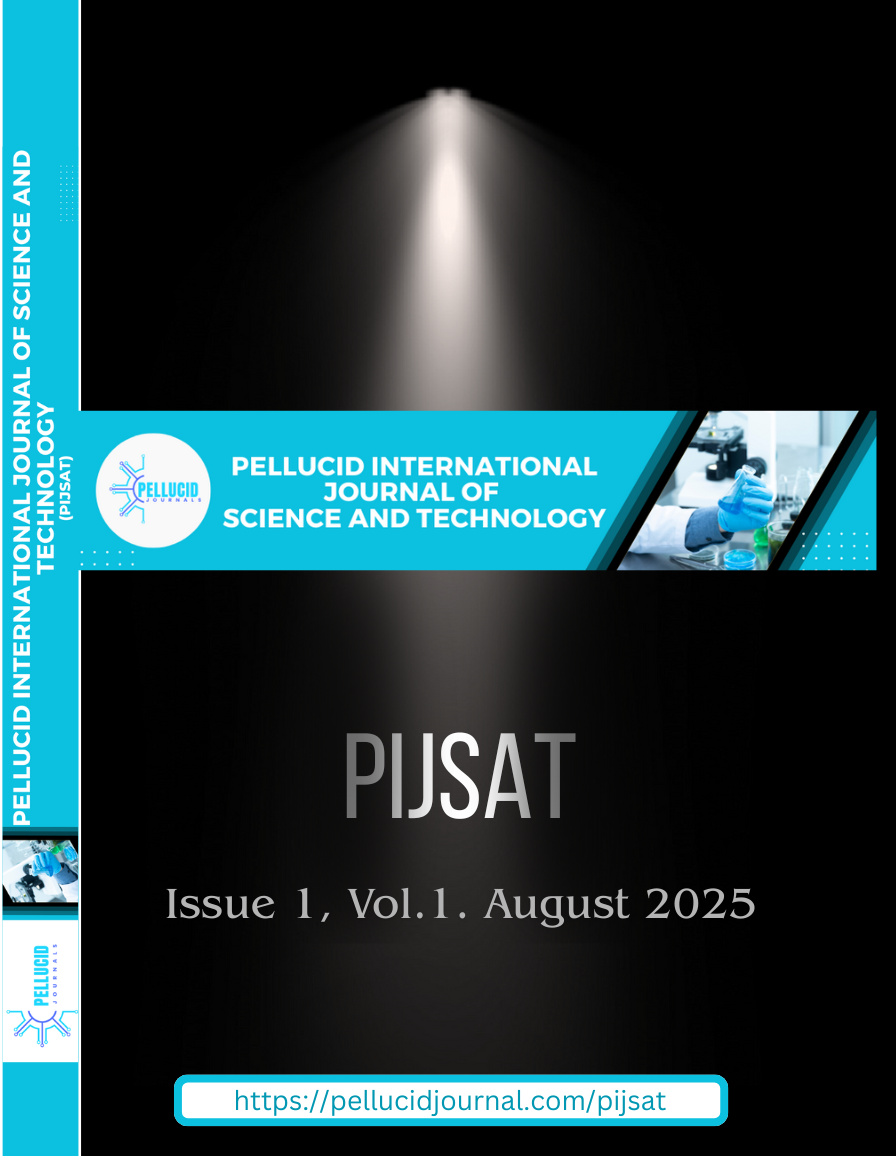Exploring the Influence of Cycles Variation in SILAR Synthesized ManganeseOxide Thin Film
Keywords:
Manganese Oxide, SILAR, Optical, XRD, FTIRAbstract
Manganese oxide (MnO₂) thin films were synthesized on microscopic glass slide substrates using the successive ionic layer adsorption and reaction (SILAR) method. The deposition cycles (40, 50, 60, and 70) were varied to study their effect on structural and optical properties. X-ray diffraction (XRD) analysis revealed minimal variation among the films, confirming their amorphous nature, which is advantageous for pseudocapacitance applications. Scanning electron microscopy (SEM) showed Mn₃O₄ formation with nanoporous, mesh-like structures, which can enhance electrochemical performance. The direct band gap energies were calculated as approximately 1.9 eV (60 cycles), 2.0 eV (70 cycles), 2.2 eV (50 cycles), and 2.4 eV (40 cycles), indicating tunable optical properties. Fourier-transform infrared (FTIR) spectra for 40 cycles displayed absorption bands at 540, 720, and 1108 cm⁻¹, corresponding to hydroxyl (O-H), sulfate oxide (S-O), and metallic oxide (M-O) bonds. At 60 cycles, stronger and narrower peaks at 480, 520, and 600 cm⁻¹ were observed, suggesting enhanced pseudocapacitive properties. The narrowing of peaks with increasing cycles indicates a more ordered structure within the amorphous matrix. This study highlights the potential of pseudocapacitive amorphous oxides for high-energy-density applications. The ability to tune the structural and optical properties of Mn₃O₄ thin films by varying deposition cycles presents significant advantages for energy storage devices. These findings underscore the importance of controlled synthesis in optimizing material performance for electrochemical applications.






